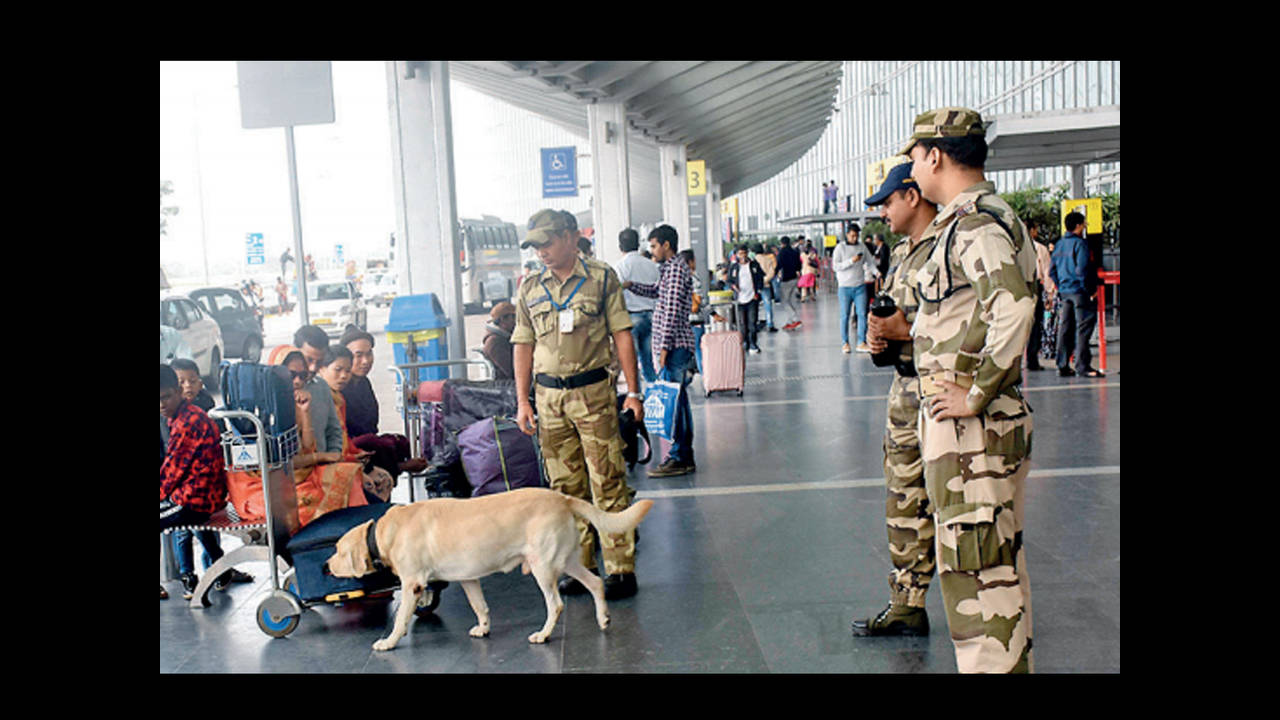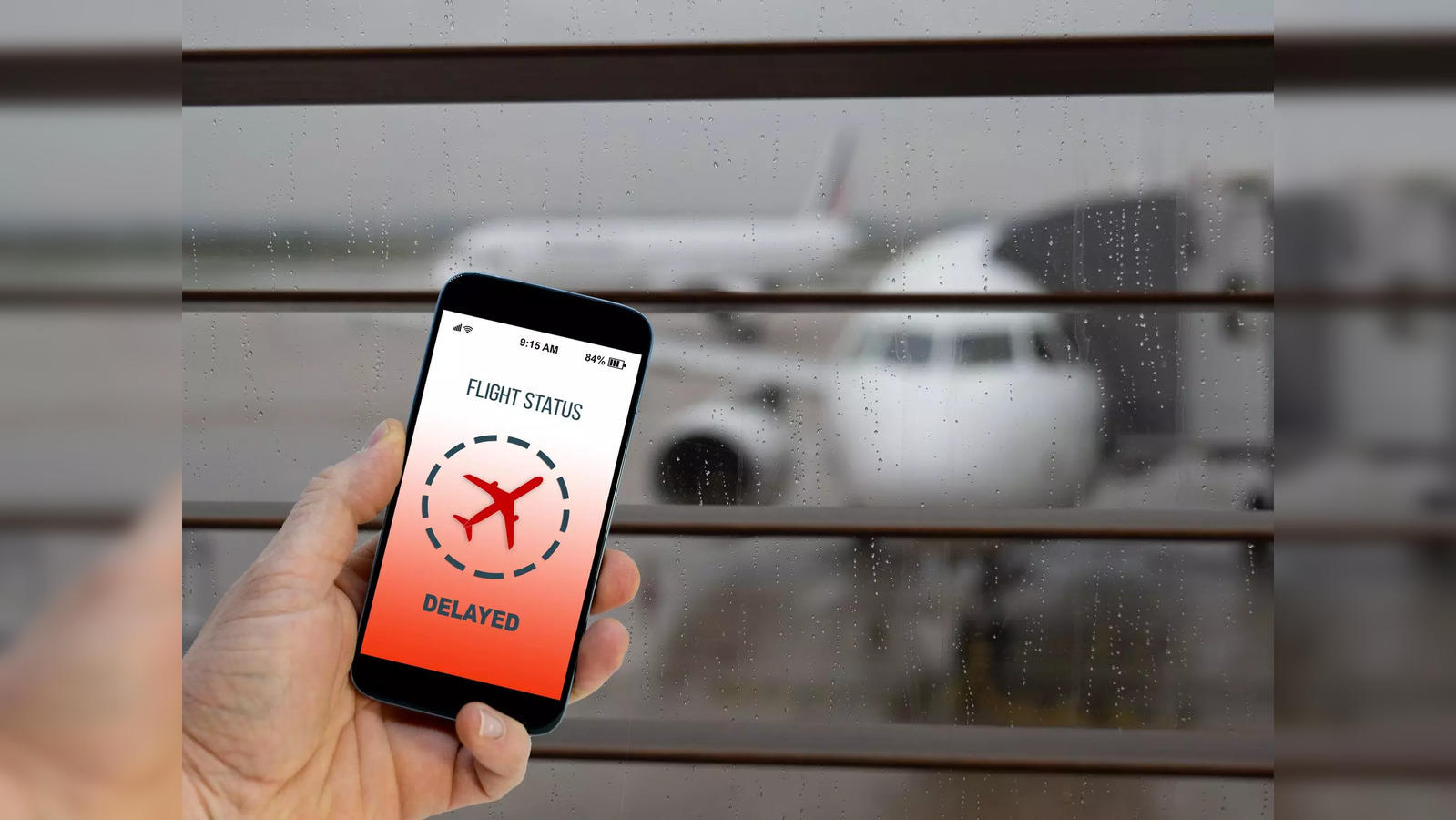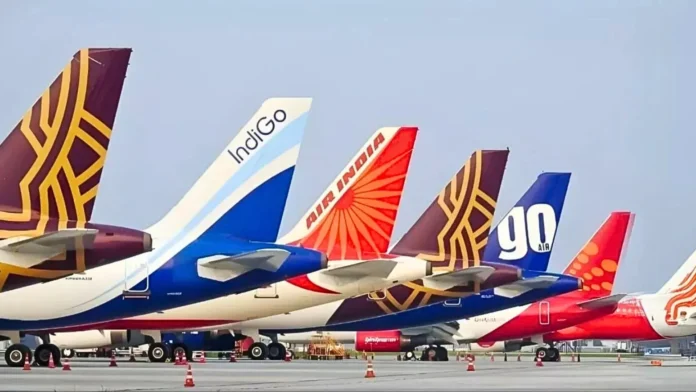In a week marked by chaos and concern, India witnessed a surge of over 100 flight bomb threats, with many of these hoaxes spread through social media platform X (formerly Twitter). The Indian government has taken a serious stance, accusing the platform of “abetting crime” by not doing enough to curb the spread of such alarming rumors. As these threats disrupt flight operations and instill panic among passengers, the government is considering significant legal reforms to address the issue.

Flight Bomb Threats Surge: Social Media Platforms Under Fire
The Ministry of Electronics and IT has sharply criticized X for its failure to prevent the circulation of flight bomb threats. During a virtual meeting chaired by Joint Secretary Sanket S Bhondve, government officials made it clear that social media platforms, including Meta and X, are expected to take more responsibility in controlling such incidents. By allowing these hoaxes to circulate unchecked, X is accused of contributing to the spread of fear and misinformation.
These flight bomb threats have not only disrupted flight schedules but have also led to multiple flight diversions, causing significant inconvenience for passengers. The government’s stance is firm: social media platforms must step up and implement stronger controls to prevent such malicious activities.
Government’s Legal Response to Flight Bomb Threats
Civil Aviation Minister K Rammohan Naidu has assured the public that the government is handling the flight bomb threats with utmost seriousness, ensuring that passenger safety remains uncompromised. At the same time, the ministry is contemplating severe punitive measures for those responsible for spreading these hoaxes. Naidu warned that individuals making such threats could face dire consequences, including being placed on a no-fly list, which would effectively ban them from air travel.

Additionally, the government is exploring potential amendments to the Suppression of Unlawful Acts against Safety of Civil Aviation Act. The changes would aim to extend penalties to incidents that occur while an aircraft is on the ground, closing existing loopholes in the law that have allowed hoaxers to evade punishment.
Ongoing Investigation: A Possible Conspiracy Behind Flight Bomb Threats?
As the number of flight bomb threats increases, the government has launched a comprehensive investigation to uncover whether these incidents are part of a broader conspiracy. Though many of the threats have turned out to be hoaxes, the frequency and timing have led authorities to suspect more organized efforts behind the scenes.
Flight diversions and heightened security checks have become a regular occurrence in response to these threats. Security at airports across India has been beefed up, with additional CCTV surveillance and more rigorous screening procedures. Passengers have been subjected to longer wait times, but these measures are deemed necessary to ensure their safety in light of the ongoing investigation.

Legislative Measures to Curb Flight Bomb Threats
In response to the surge in flight bomb threats, the Civil Aviation Ministry is considering a range of legislative actions to deter future incidents. Minister Naidu has emphasized that the government is committed to amending aviation security rules, focusing on the Suppression of Unlawful Acts Against Safety of Civil Aviation Act (1982).
By making bomb threats a cognizable offense, the government aims to impose both criminal penalties and fines on individuals responsible for circulating hoaxes. This move is intended not only to punish those responsible but also to act as a strong deterrent for others who may attempt to disrupt flight operations in the future.
The Impact of Social Media on Flight Operations
The role of social media in spreading flight bomb threats cannot be understated. On Sunday alone, 25 flights were impacted by bomb threats shared through an anonymous account on X. These threats, while often proven false, result in real consequences—disrupting flight operations, causing panic among passengers, and placing additional strain on law enforcement and aviation security.

The ease with which hoaxers can spread false information on platforms like X has raised serious concerns about the responsibilities of these companies. In response, the government has started working closely with law enforcement agencies, as well as the Ministry of Civil Aviation and IT, to develop more effective strategies for addressing these security challenges.
Consequences for Airlines and Passengers
The constant barrage of flight bomb threats has taken a toll not only on the airlines but also on the passengers who face flight delays, cancellations, and heightened anxiety over air travel. For the airlines, each threat means additional security checks, possible diversions, and a loss of revenue due to delays and disruptions. For passengers, the stress of traveling in an environment fraught with false alarms only adds to the already challenging nature of air travel.
The aviation industry, which has been recovering from the impacts of the COVID-19 pandemic, now faces this additional hurdle. If the government’s legislative measures are not successful in curbing these threats, the long-term consequences could be detrimental to both the industry and passenger confidence.
Moving Forward: Stricter Measures and Accountability
As the government ramps up its investigation into the flight bomb threats, it’s clear that stricter measures will need to be implemented to prevent further disruptions. Social media platforms like X and Meta must also recognize their responsibility in preventing the spread of such harmful content. Whether through better moderation practices, more transparent reporting, or closer collaboration with law enforcement, these platforms must act to prevent further harm.
At the same time, the government’s proposed legislative actions, including harsher penalties and more robust security measures, could be instrumental in reducing the number of threats. However, these measures will need to be implemented swiftly and effectively to ensure passenger safety and restore confidence in the aviation sector.
Conclusion: Addressing the Flight Bomb Threats Crisis
The surge in flight bomb threats has revealed a significant gap in both social media regulation and aviation security. While the government is working to address these issues through legislative reforms and heightened security measures, it is clear that cooperation from social media platforms and public accountability will be key to resolving the problem.
As India navigates this complex issue, a multi-faceted approach—encompassing legal action, better social media oversight, and continued investigation into potential conspiracies—will be essential in ensuring that the skies remain safe and secure for all travelers.

